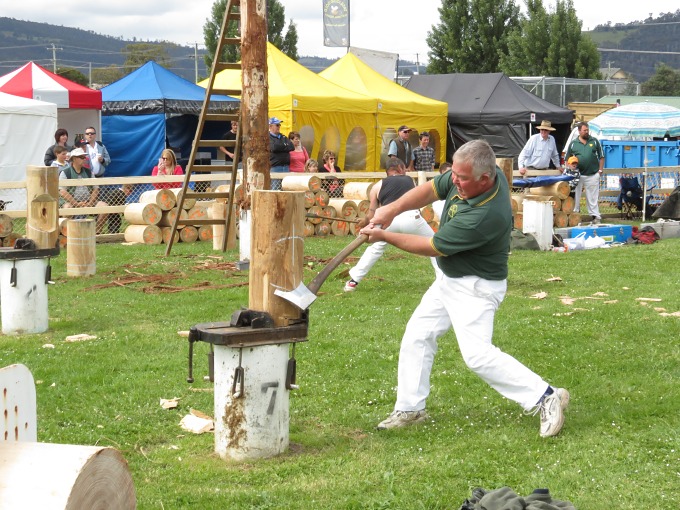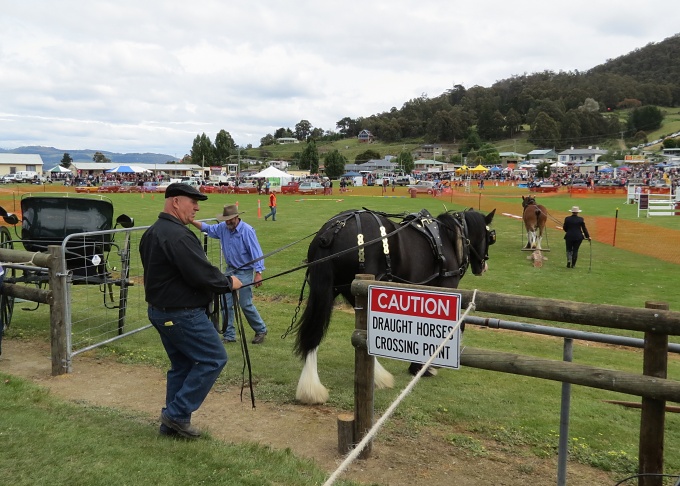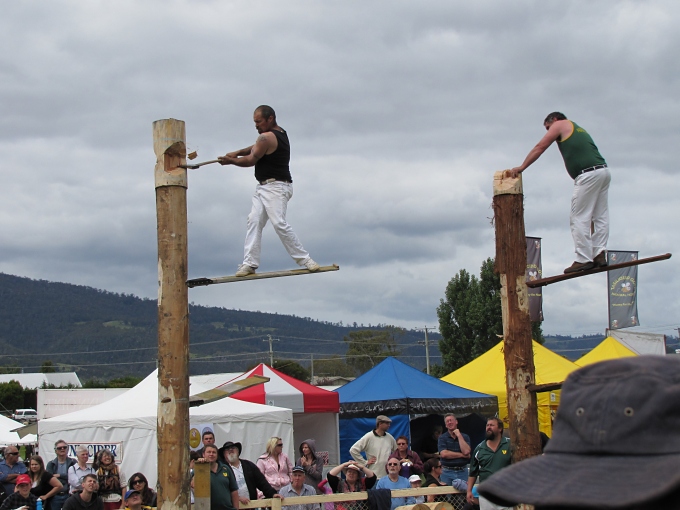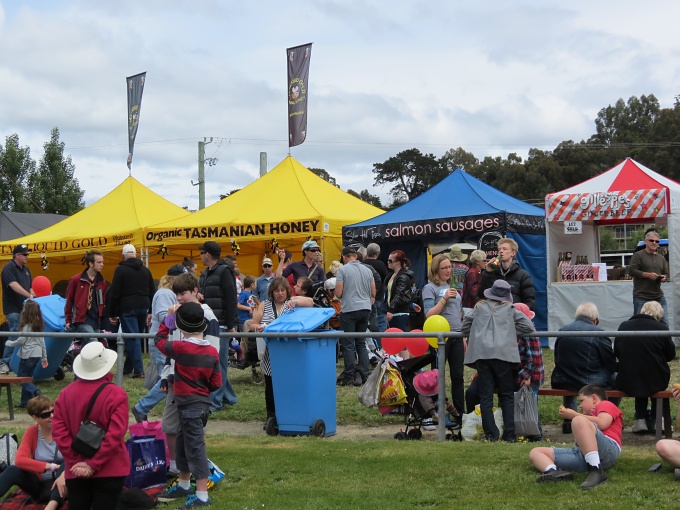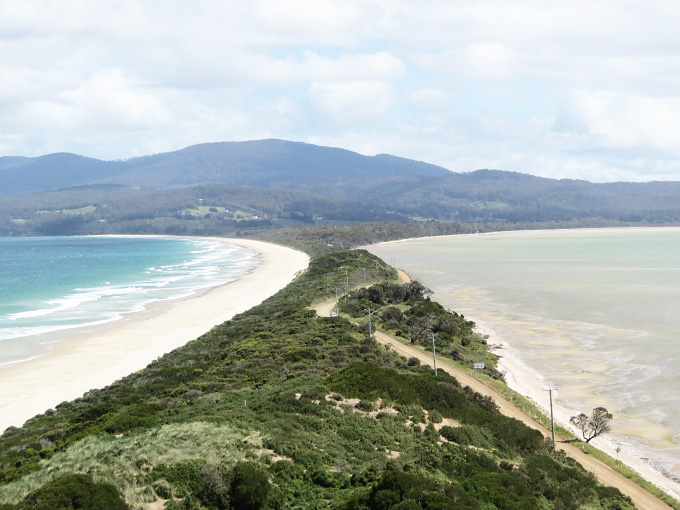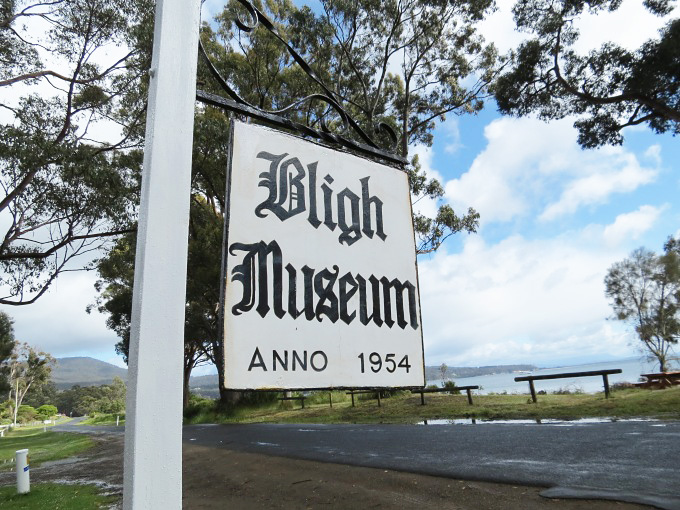Down under, Down under
/The Tasmanians don't necessarily think of themselves as Australians. We didn't realize this until recently. They think of themselves as...Tasmanians...a world apart from “Australia”, which they seem to consider a separate country. It's not so different from the way Alaska and Hawaii view the contiguous 48 states. Tasmanians say that they're down under, down under and in fact, we are pretty far south of “down under”, truth be told. We've actually found this same feeling evident in many isolated islands that we've visited. The islanders feel the central government and happenings “on the mainland” have little to do with their lives here.
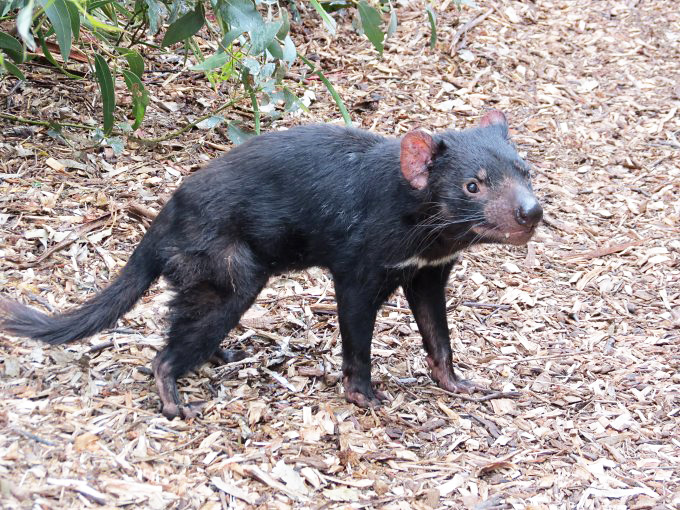 Being an island, Tasmania has its own unique flora and fauna. The Tasmanian devil is found nowhere else in the world, but we'd certainly heard of them before. We'd never heard of the extinct Tasmanian tiger though. Other animals such as the spotted quoll, pademelon and bettong are less well-known. Tasmania has many species which have become, or are on the verge of extinction on mainland Australia which means that this island is a last chance for many species.
Being an island, Tasmania has its own unique flora and fauna. The Tasmanian devil is found nowhere else in the world, but we'd certainly heard of them before. We'd never heard of the extinct Tasmanian tiger though. Other animals such as the spotted quoll, pademelon and bettong are less well-known. Tasmania has many species which have become, or are on the verge of extinction on mainland Australia which means that this island is a last chance for many species.
There are lots of jokes about Tasmania and its inhabitants, mostly made by Australians who haven't visited and consider the island twenty years behind the times. The main joke stems from the fact that the people from this isolated island are inbred and a true Tasmanian has two heads. "Watch out for people with a scar on the shoulder"! (The scar is left after the second head was removed). The MONA website states that Tasmanian residents may enter for free with proof of residence (ID card and/or proof of two heads). Six fingers are sometimes mentioned as well.
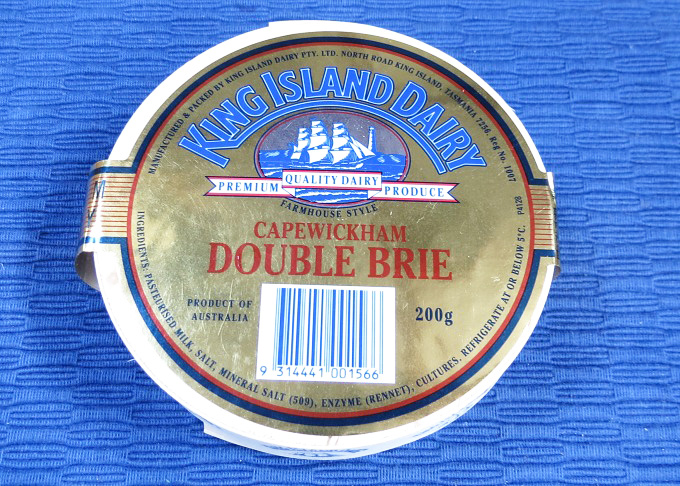 Tasmania holds its own when it comes to specialty foods. The longer we live here, the more discoveries we make. I talked about “pink eyes” before, the potato that all the veggie stands were advertising. Come to find out, it's the traditional potato grown here in Tassie and lots of folks we've met from Australia didn't know about them either. Another Tassie specialty comes from King Island in the middle of the Bass Strait which is known for its dairy products, especially wonderful cheeses. We can vouch for the richness and quality of the their double brie variety. We're hooked on it.
Tasmania holds its own when it comes to specialty foods. The longer we live here, the more discoveries we make. I talked about “pink eyes” before, the potato that all the veggie stands were advertising. Come to find out, it's the traditional potato grown here in Tassie and lots of folks we've met from Australia didn't know about them either. Another Tassie specialty comes from King Island in the middle of the Bass Strait which is known for its dairy products, especially wonderful cheeses. We can vouch for the richness and quality of the their double brie variety. We're hooked on it.
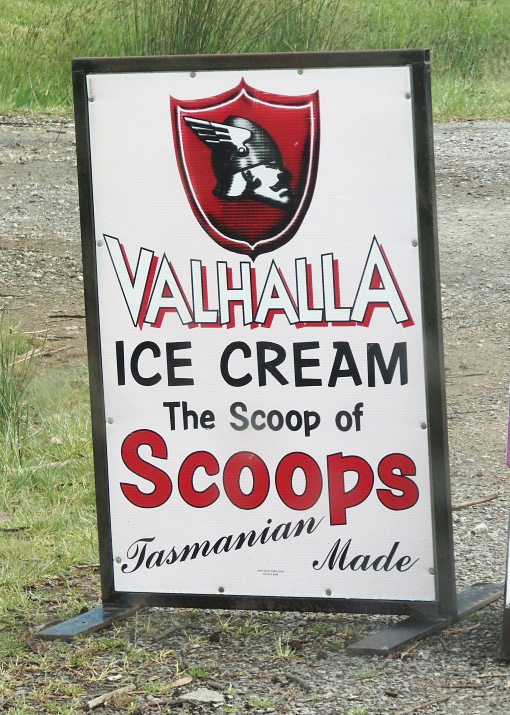 And then there's Valhalla ice cream. Oh, my, this is a “died and gone to heaven” experience for ice cream lovers. Fifty flavors of heaven, in fact, made right here in Tasmania. One interesting flavor is pepperberry, made with native Tasmanian bush pepper. It's spicy, a little hot and combined with the cold, creamy sweetness of the ice cream, it's pretty good.
And then there's Valhalla ice cream. Oh, my, this is a “died and gone to heaven” experience for ice cream lovers. Fifty flavors of heaven, in fact, made right here in Tasmania. One interesting flavor is pepperberry, made with native Tasmanian bush pepper. It's spicy, a little hot and combined with the cold, creamy sweetness of the ice cream, it's pretty good.
There are all those fine Tasmanian cool climate wines and there's smoked salmon from the local salmon farms and oysters and don't forget the apples. Since Captain Bligh planted the first Granny Smith apple tree on Bruny Island, Tasmania has been the Apple Isle.
What's particularly interesting is that Tasmania is considered the mainland to several other unique islands like Bruny, Maria, Flinders, and King Islands and the natives there probably feel the same way about Tassie as the Taswegians feel about Australia. Hobart is a small city by metro standards, but compared to Alonnah on Bruny Island, it's a metropolis.
All things are relative, I guess. Being resident in the Roaring 40's for these last few months, we can definitely attest to feeling down under, down under...and loving it.



